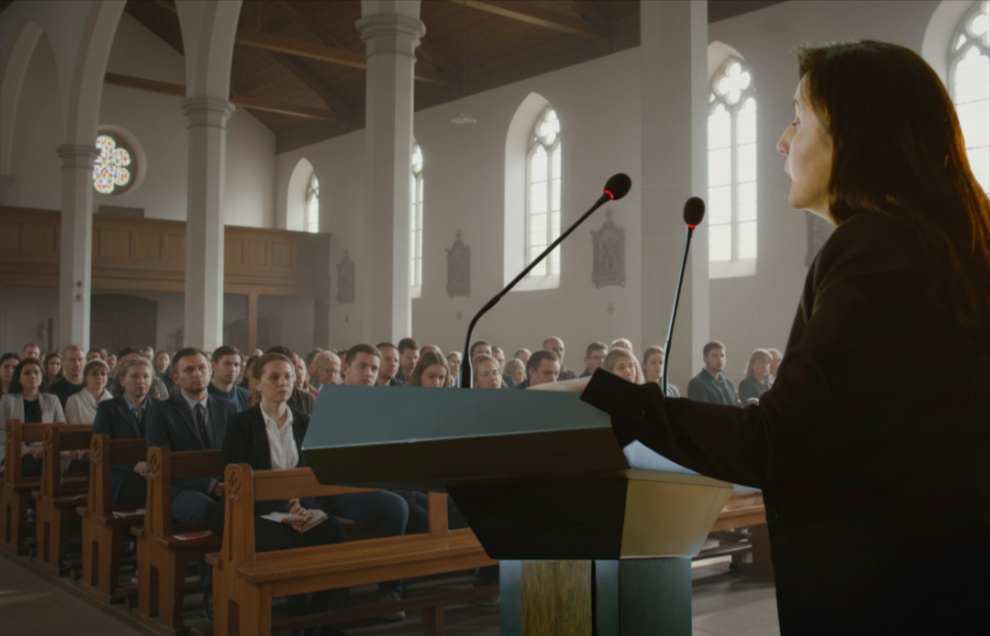Your Guide to Planning a Meaningful Funeral for Your Loved One

Navigating Funeral Planning with Confidence
Arranging a funeral during grief can feel overwhelming, yet a well-planned service offers comfort and begins the healing process. A meaningful funeral honors the life lived, reflects personal values, and provides space for family and friends to gather and support one another.
Decisions That Shape the Service
Immediate steps include contacting a funeral home, securing a death certificate, and choosing the type of service-traditional funeral, memorial, graveside ceremony, direct burial or cremation, or celebration of life. Families must also decide between burial and cremation, considering cost, cultural traditions, and environmental preferences. Personal touches such as music, readings, eulogies, and visual tributes create a heartfelt experience.
Creating a Lasting Tribute
The most memorable funerals reflect individuality through hobbies, cultural traditions, and meaningful details. Options include themed decorations, tribute videos, charitable donations, and receptions for shared remembrance. Pre-planning your own funeral can ease future burdens and ensure wishes are honored. Ultimately, what matters most is crafting a service that provides comfort, celebrates life, and supports the grieving journey.
Read the full 14-page article. FREE Download for your convenience.
Click the button below.




